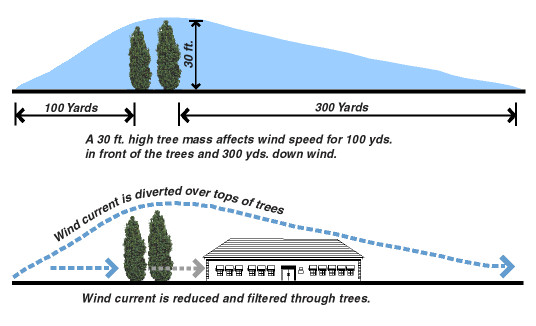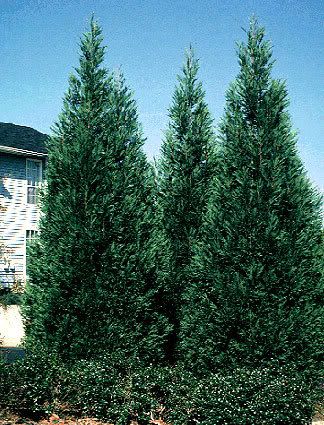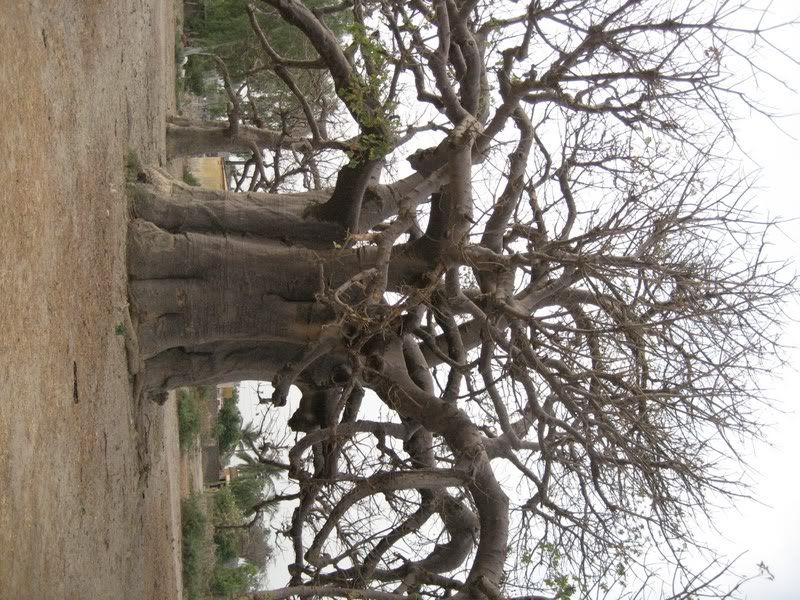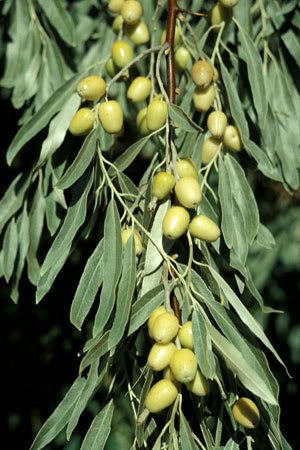The Austree, or "tree from Australia", is a hybrid willow botanically known as Salix matsudana x alba. The austree, also known as the Aussie tree
s ideal as one of the fast growing trees, to create a screening hedge, as it develops at the rate of 6-10 ft per annum, quickly developing to a wonderful screening hedge. Although not an evergreen, the Aussie tree does put on thick foliage and branching. While most dense in the growing season, you still can enjoy privacy and wind blockage in the dead of winter
As the Austree, is disease resistant and drought resistant (once established) and is also tolerant of both hot and cold climates, the Aussie tree, is found as far North as Canada and South into Florida.
When planting the young tree, dig a hole approximately 18 inches in diameter and 18 inches deep. Gently pack the soil firmly around the roots as you fill the hole to prevent air pockets. When the hole is about 2/3 full, water slowly and thoroughly. Allow it to completely drain before adding any more dirt to the hole. This not only waters your tree but also helps eliminate any air pockets. Plant each, whip like young Aussie tree approximately three to five feet apart. By the end of the first growing season, you will have a thick green screening hedge beginning to take shape.
The branches of the Austree are very flexible and not brittle like other willows so less prone to breaking breaking in high winds or ice, neither do they spread by suckers or seed.
These before and after pictures, show the Aussie tree covered with iceand bent over,

a few days later, the aussie tree can be seen standing
tall once again.
The austree is an amazingly versatile tree that can be planted any time of year. You’ll enjoy watching how quickly it grows.
For a great source for aussie trees see the austree available from fast growing trees.









